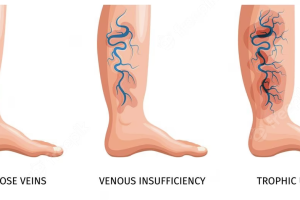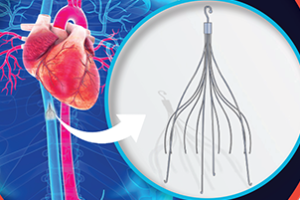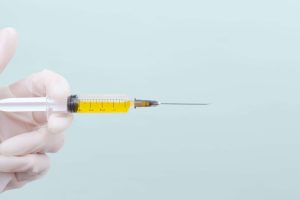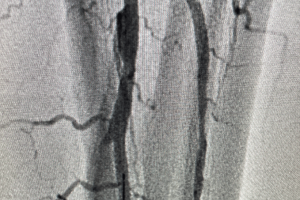The heart never takes a break. The heart is a strong muscle that never stops exercising, not for a minute. Every minute it needs blood, nourishment and oxygen. At Amarillo Heart Institute, we understand the importance of keeping your heart healthy and functioning at its best. We believe that a healthy heart is the foundation of a healthy life, and our goal is to provide you with all you need to achieve optimal heart health, a happier heart.
Thrombectomy & Thrombolysis
ThrombECTOMY
Thrombectomy is a medical procedure that involves the removal of a blood clot from a blood vessel or artery, normally involving a catheter. It is typically performed to treat conditions such as Deep Vein Thrombosis (DVT), Pulmonary Embolism (PE), and Acute Ischemic Stroke.
The procedure is typically performed using minimally invasive techniques and can be done under local or general anesthesia, depending on the location and size of the clot.
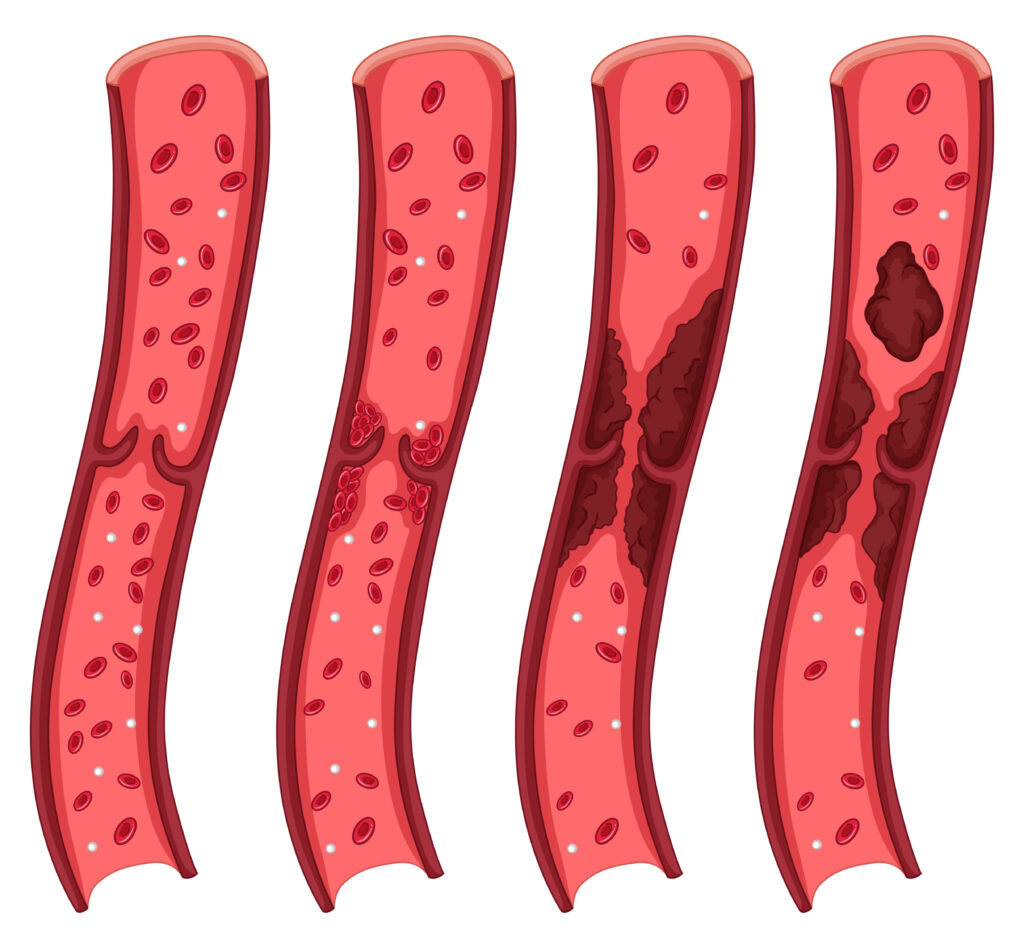
Image by brgfx on Freepik
Types of Thrombectomy
There are several types of thrombectomy procedures that can be used to remove blood clots from blood vessels or arteries. The most common types include:
Mechanical Thrombectomy: This procedure involves the use of a catheter with a mechanical device at the tip that is designed to physically break up or remove the clot. The catheter is inserted into the affected blood vessel or artery and guided to the site of the clot. Once the catheter is in place, the mechanical device is used to break up the clot, allowing it to be removed from the body.
Aspiration Thrombectomy: This procedure involves the use of a catheter that is designed to suction the clot out of the blood vessel or artery. The catheter is inserted into the affected blood vessel or artery and guided to the site of the clot. Once the catheter is in place, a vacuum is used to suction the clot out of the body.
Pharmacomechanical Thrombectomy: This procedure combines the use of a catheter and a medication that helps to break up the clot. The catheter is inserted into the affected blood vessel or artery and guided to the site of the clot. Once the catheter is in place, the medication is injected into the clot, and a mechanical device is used to break up the clot and remove it from the body.
Pulse-Spray Thrombectomy: This procedure involves the use of a catheter that delivers a pulsatile spray of a medication directly into the clot. The medication helps to dissolve the clot, allowing it to be removed from the body.
The type of thrombectomy procedure used will depend on several factors, including the location and size of the clot, the patient’s overall health, and medical history. Your doctor will determine which type of thrombectomy is best for you based on these factors.
Thrombectomy is generally considered a safe and effective treatment for blood clots, and it can help to reduce the risk of serious complications such as pulmonary embolism, stroke, and organ damage. However, like all medical procedures, there are some risks and potential complications associated with thrombectomy, including bleeding, infection, and damage to the blood vessel or surrounding tissue.
Thrombolysis
Thrombolysis is a medical procedure that is used to dissolve blood clots that have formed inside blood vessels or arteries. It involves the use of medications called thrombolytics or fibrinolytics that are designed to break down the clot and restore blood flow to the affected area.
Thrombolysis is most commonly used to treat conditions such as Deep Vein Thrombosis (DVT), Pulmonary Embolism (PE), and Acute Ischemic Stroke. The procedure is typically performed using minimally invasive techniques and can be done under local or general anesthesia.

Types of Thrombolysis medications
There are several types of thrombolytic medications that can be used in thrombolysis, including:
Tissue Plasminogen Activator (tPA): This medication is a naturally occurring enzyme that is designed to break down blood clots. It is most commonly used to treat acute ischemic stroke and is administered through a vein.
Urokinase: This medication is a protein that is produced by the kidneys and is used to break down blood clots. It is most commonly used to treat pulmonary embolism and is administered through a vein.
Streptokinase: This medication is a protein that is produced by certain bacteria and is used to break down blood clots. It is most commonly used to treat deep vein thrombosis and is administered through a vein.
The type of thrombolytic medication used will depend on several factors, including the location and size of the clot, the patient’s overall health, and medical history.
While thrombolysis can be an effective treatment for blood clots, it is important to note that the procedure can carry some risks and potential complications. These can include bleeding, allergic reactions, and damage to the blood vessel or surrounding tissue.
In summary, thrombolysis is a medical procedure used to dissolve blood clots inside blood vessels or arteries. It involves the use of medications called thrombolytics or fibrinolytics that are designed to break down the clot and restore blood flow to the affected area. Thrombolysis is most commonly used to treat conditions such as deep vein thrombosis, pulmonary embolism, and acute ischemic stroke. While the procedure can be effective, it can also carry some risks and potential complications, and patients should discuss the potential benefits and risks with their healthcare provider.

